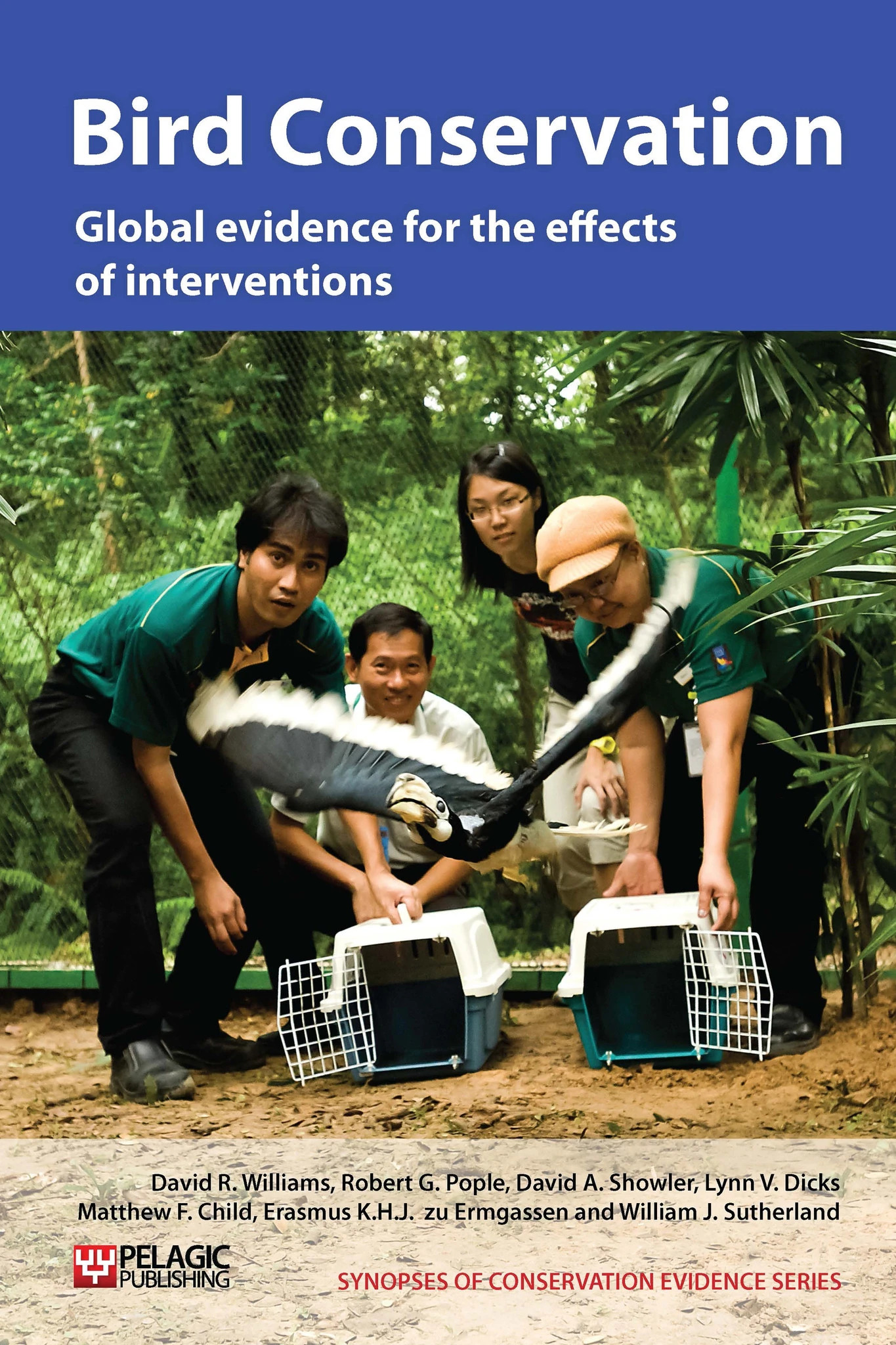Use prescribed burning on deciduous forests
-
Overall effectiveness category Likely to be ineffective or harmful
-
Number of studies: 4
View assessment score
Hide assessment score
How is the evidence assessed?
-
Effectiveness
32% -
Certainty
60% -
Harms
30%
Study locations
Supporting evidence from individual studies
A paired site comparison study in 1994-1995 in Bridger-Teton National Forest Wyoming, USA (Dieni & Anderson 1999), found no difference in average bird species richness in burned compared to unburned forest sites. There were significantly higher relative abundances of mountain bluebird Sialia currucoides and pine siskin Carduelis pinus in burned than unburned sites. Six areas of trembling aspen Populus tremuloides-dominated forest (38-407 ha) were burned during 1988-1993 and paired with similar-sized unburned areas for comparison.
Study and other actions testedA replicated, controlled study in Wayne National Forest and Vinton Furnace Experimental Forest, Ohio, USA (Artman et al. 2001), found that overall, there were no differences in breeding bird community composition in areas of forest under early spring burning compared to unburned areas, although species responses varied. Four areas dominated by oak Quercus spp. and hickory Carya spp. were each divided into three treatment units of 20-30 ha: unburned; burned 4-years in a row (1996-1999); and burned twice (1996 and 1999). Burning reduced habitat suitability for ground- and low-shrub nesting birds: some species declined in response to repeated burning. Conditions for ground- and aerial-foraging species appeared improved by burning.
Study and other actions testedA replicated controlled study in 1995-1999 at four mixed-oak Quecus spp. forest sites in Ohio, USA (Artman & Downhower 2003), found there were no significant differences in wood thrush Hylocichla mustelina nest survival rates in burned plots (of 20-35 ha), compared to unburned ones. Within burn plots, nests were situated more frequently in areas subject to low or moderate burn intensity and less so high intensity areas. Nest concealment (i.e. percentage overhead and side cover) was similar in burned and unburned plots but nests were located significantly higher, and in taller and larger-stemmed trees and shrubs in burned than unburned areas.
Study and other actions testedA replicated, controlled study in riparian forest along the Middle Rio Grande, New Mexico, USA, in 2002-2004 (Smith et al. 2009), found a 62% reduction in the number of black-chinned hummingbird Archilochus alexandri nests (from 42 to 16) on two sites where exotic shrubs and woody debris were cut and burned before herbicide was applied to the root crowns of exotic species. This compared with 8-18% increases at sites with fuel reduction treatments that did not involve burning. These results are discussed in more detail in ‘Control/remove understorey and midstorey vegetation’ and ‘Plant native shrubs following fuel reduction’.
Study and other actions tested
Where has this evidence come from?
List of journals searched by synopsis
All the journals searched for all synopses
This Action forms part of the Action Synopsis:
Bird Conservation
Bird Conservation - Published 2013
Bird Synopsis





)_2023.JPG)














